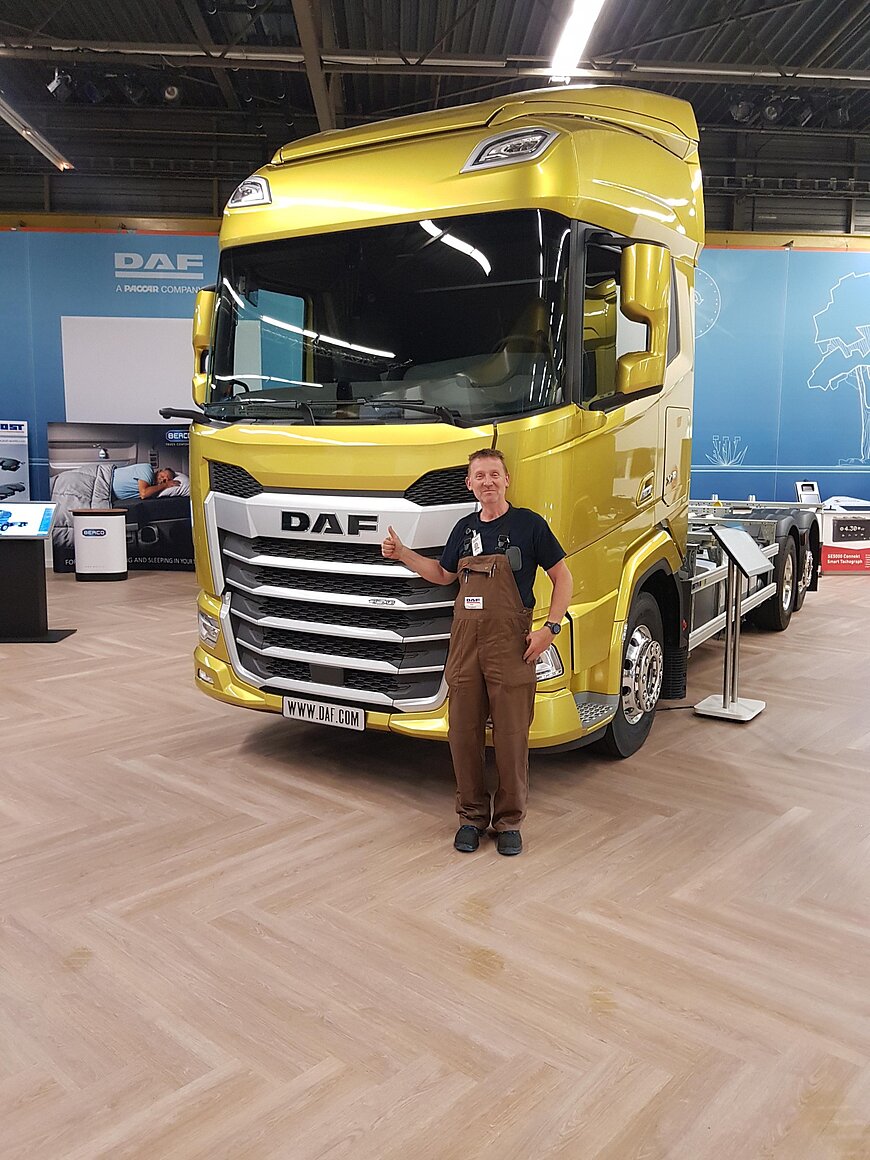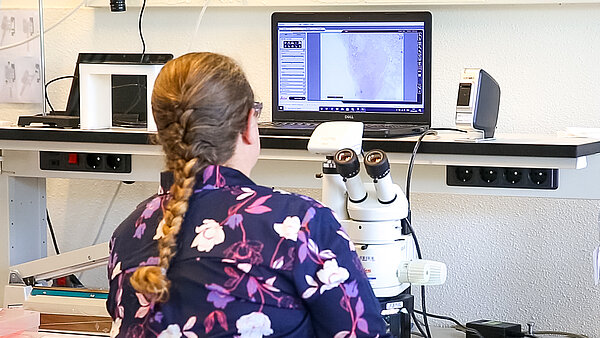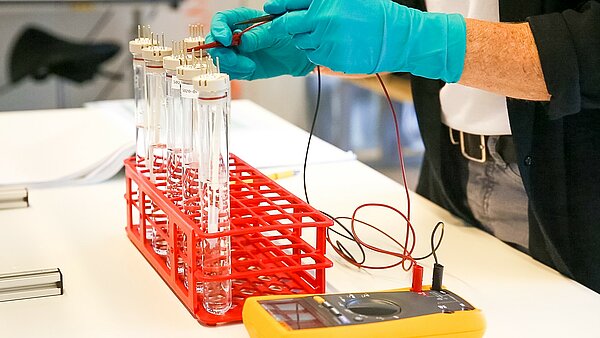Salvia develops a pacemaker to counter attacks of migraine
Migraine is one of the main causes of chronic health problems for people under 50 years of age. Medtech startup Salvia is working on a solution.

When you have a terrible headache, you tend to massage it away on your forehead. People with chronic migraines have this tendency for more than six months per year. With medication and injections, they try to suppress the pain. Medtech start-up Salvia BioElectronics is working from the High Tech Campus Eindhoven in Brainport Eindhoven, on a more structural solution: a pacemaker to ease the nerves in a patient’s forehead.
Migraine is one of the main causes of chronic health problems for people under 50 years of age; it affects one in seven people, mainly women. People with migraines experience periods of throbbing pain, sometimes accompanied by nausea, vomiting, and extreme sensitivity to light. Attacks can last from a few hours to a few days. More than five percent of patients suffer from chronic migraines. On average, they feel the migraine for 22 days a month in such a manner that normal functioning has become impossible.

More intense and focused
“They have literally spent more than half their lives on the floor”, says Hubert Martens, Salvia’s CEO and co-founder. With medication and injections of, for example, botox, the disease can be suppressed. But those treatments often have side effects, says Martens. “They not only reach the headache area, but the whole body. And for a botox treatment, patients need more than thirty injections put into their head every three months.”
Three years ago, together with Wim Pollet, chief medical officer, and Daniel Schobben, chief operating officer, Martens saw that electric pulses can mimic massaging the forehead and the temples. “They do so even much more intense, focused, and several hours a day.” We literally started with nothing, Martens continues. “No infrastructure, no technology, no intellectual property. Only the will to give people with chronic migraines half of their lives back.”

Fewer headaches
The start-up uses neurostimulation, a form of pain relief that gives small electrical pulses to the nervous system. Neurostimulation is a well-known field in health care, Martens explains. “Spinal cord stimulators are already available. Some doctors use these devices to stimulate the nerves in the forehead as well.” This is not a recognized treatment, but a way in which doctors try to help their patients. “For example, doctors are doing research that has shown that the headache days of people with migraines can be reduced by half.”
However, these devices are intended for the spinal cord, which has a completely different anatomy than your forehead. “A hard skull and a very small amount of skin. Your spinal cord just has a lot more space. In your forehead, there’s almost no room to implant an electrode.”
Thin foil
During a period of sketching on a whiteboard, Pollet, Schobben, and Martens came up with a plan for the next five years, some three years ago. “We didn’t describe a technology but a concept for a solution. What should be there and what should our solution meet: a minimally invasive surgical procedure, no cables through the neck, and it should be ‘as easy as taking meds’.”
Many concepts have been studied, Martens looks back. “In the end, we came up with something that you can easily slide under the skin. Doctors and patients also looked at our concepts. They were asked what they thought was good and less good about it. You don’t have the solution right away, but month by month, you come one step closer.”
The product is now a very thin foil that can be placed permanently under the skin with two small incisions in the forehead. Patients react very positively, Martens says. “The operation is simple and a one-time thing and ‘it gives me half my life back’, they say. So for most patients, this is not a big obstacle.”
Collaboration
In order to develop the product, Salvia works together with various other organizations. The start-up sources its medical knowledge from Europe and the United States, “because of the specific domain we are in”. For the prototyping, simulations, testing, and test infrastructure, the company benefits greatly from the technical knowledge that’s available within the Brainport region.
The start-up recently concluded an investment round, bringing in 26 million euros. This money will be used for further product development and clinical studies needed to enter the market. In the first years, the start-up came through thanks to investors such as the Brabant Development Corporation (BOM), the Thuja Capital Healthcare Seed Fund II, the Brabant Startup Fund, the founders and employees of Salvia, and subsidies. “That has pulled us through the early phase.”